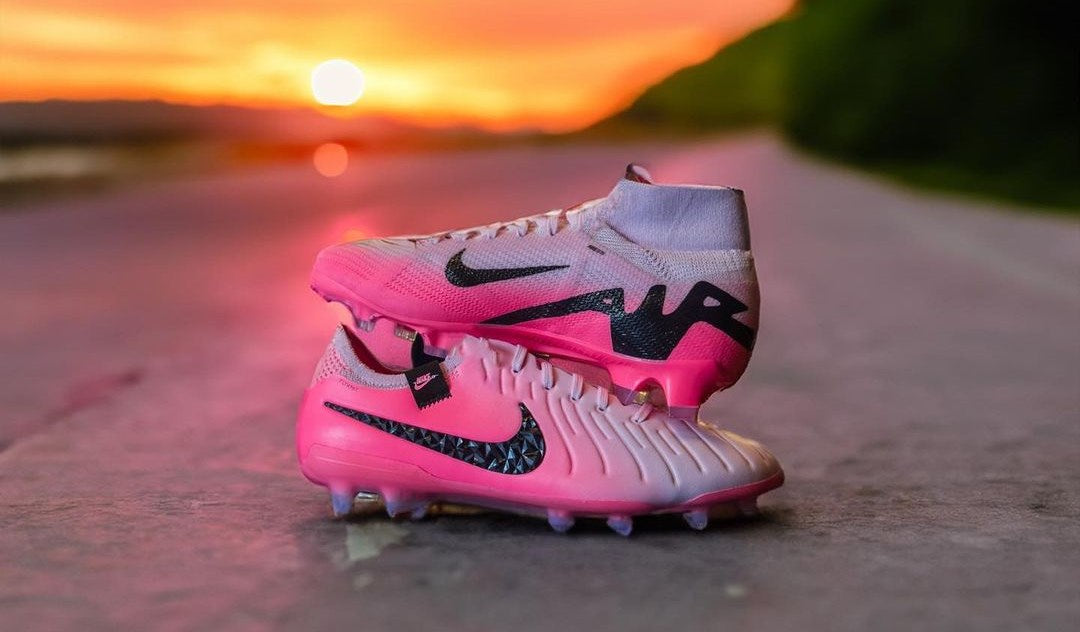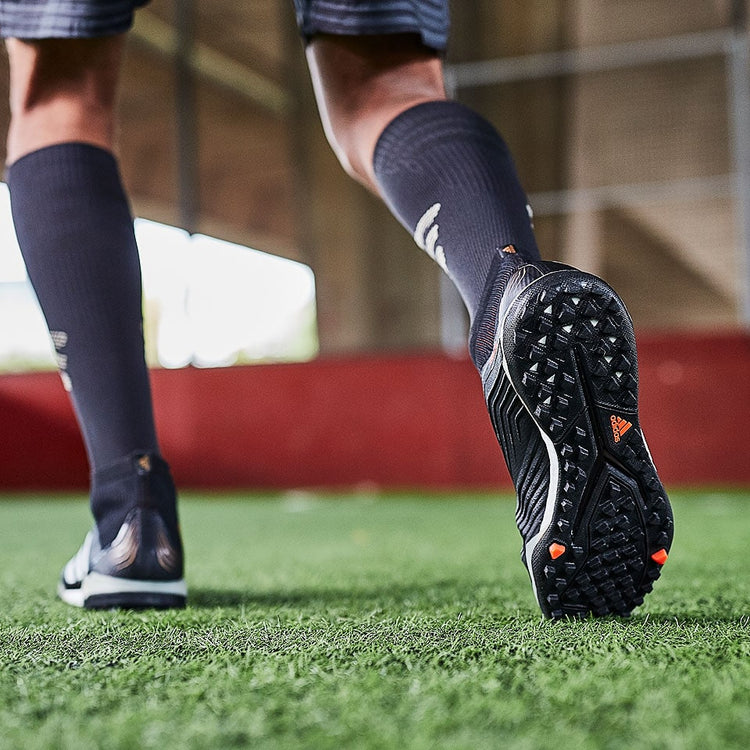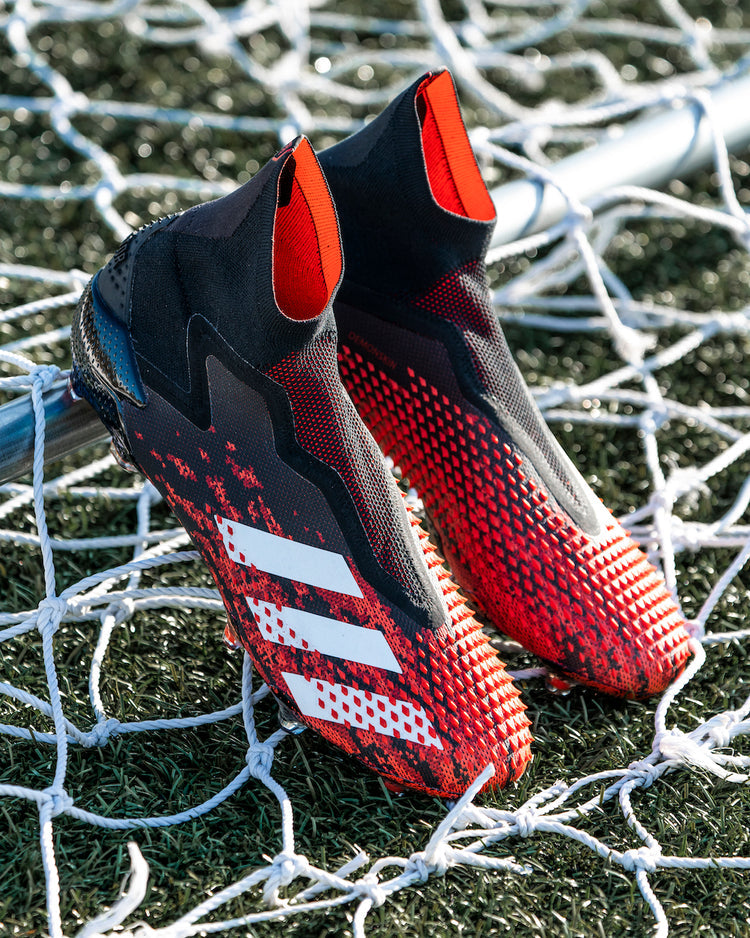As a soccer player, having the right pair of cleats is crucial for your performance on the field. The right cleats can provide the traction, support, and comfort you need to excel during games and practices. However, choosing the perfect pair can take time and effort with so many available options. In this blog post, we'll guide you through the process of buying soccer cleats, ensuring you make an informed decision.
Understanding Cleat Types
Before shopping, you must understand the different types of soccer cleats available. Soccer cleats are designed for various surfaces, and each type offers distinct features and benefits.
- Firm Ground Cleats: Firm ground cleats are designed for natural grass fields. They feature removable or molded studs that provide excellent traction and allow for quick movements.
- Soft Ground Cleats: Soft ground cleats are ideal for wet and muddy conditions. Their longer and more aggressive studs dig deeper into soft surfaces, ensuring maximum grip.
- Turf Cleats: If you play on artificial grass or turf fields, men’s soccer turf shoes or Nike soccer turf cleats are the way to go. These cleats have shorter rubber studs or dimpled outsoles, providing superior traction on synthetic surfaces.
Considering Foot Type and Fit
Just like any other shoe, soccer cleats should fit your feet properly. An ill-fitting cleat can lead to discomfort, blisters, and even injuries. When trying on cleats, ensure that:
- Your toes have enough wiggle room, but the cleats aren't too loose.
- The cleats wrap snugly around your midfoot and heel, providing a secure fit.
- Your feet don't slide excessively inside the cleats.
If you have wide or narrow feet, look for cleats that accommodate your foot type. Some brands offer wider or narrower options to ensure a perfect fit.
Choosing the Right Materials
Soccer cleats are available in various materials, each offering different durability, breathability, and comfort levels. Common materials include:
- Leather cleats are durable and conform to your feet over time, providing a comfortable and customized fit. However, they can be heavier and less breathable than synthetic options.
- Synthetic cleats are lightweight, breathable, and often more affordable than leather. They don't require as much break-in time but may not last as long as leather cleats.
- Knit cleats are a newer trend, offering a sock-like fit and exceptional breathability. They are lightweight and flexible but may not provide as much support as traditional cleats.
Considering Additional Features
When shopping for soccer cleats, consider additional features that can enhance your performance and comfort:
- Ankle Support: Some cleats offer additional ankle support, which can benefit players prone to ankle injuries or those who prefer extra stability.
- Lacing Systems: Different lacing systems can affect the overall fit and lockdown of the cleats. Some systems allow for a more customized fit, while others provide a quick and secure lacing experience.
- Weight: Lightweight cleats can improve your speed and agility on the field but may sacrifice durability. Heavier cleats offer more protection but can slow you down.
- Traction Patterns: The stud or cleat pattern on the outsole is crucial for traction. Look for patterns that match the playing surface and your movement style.
Trying Them On and Testing
Once you've narrowed down your options, trying on the cleats and testing them out is essential. Walk around the store, jog in place, and perform quick movements to get a feel for the cleats. If possible, try them on a surface similar to the one you'll be playing on.
Don't forget to consider the break-in period for new cleats. Leather cleats may require more time to break in and mold to your feet, while synthetic options may be more comfortable right out of the box.
Brands and Budget
Regarding soccer cleats, there are numerous brands to choose from, each offering different price points and quality levels. Popular brands include Nike, Adidas, Puma, and New Balance.
While it's tempting to go for the most affordable option, keep in mind that higher-quality cleats often offer better performance, durability, and comfort. However, this doesn't mean you have to break the bank. Many brands provide high-quality men's soccer turf cleats or cleats for other surfaces at reasonable prices.
Maintaining Your Cleats
Proper maintenance is vital to prolonging the lifespan of your soccer cleats. After each use, clean them with a soft brush and mild soap to remove dirt and debris. Allow them to air dry completely before storing them in a cool, dry place.
Replace your cleats when they show signs of excessive wear or when the traction diminishes. Playing with worn-out cleats can impact your performance and increase the risk of injuries.
In conclusion, buying the perfect soccer cleats requires considering factors such as cleat type, fit, materials, additional features, and your personal preferences. Try different options, test them out, and choose a pair that meets your needs and budget. With the right cleats, you'll be ready to take your game to the next level and perform at your best on the field.



